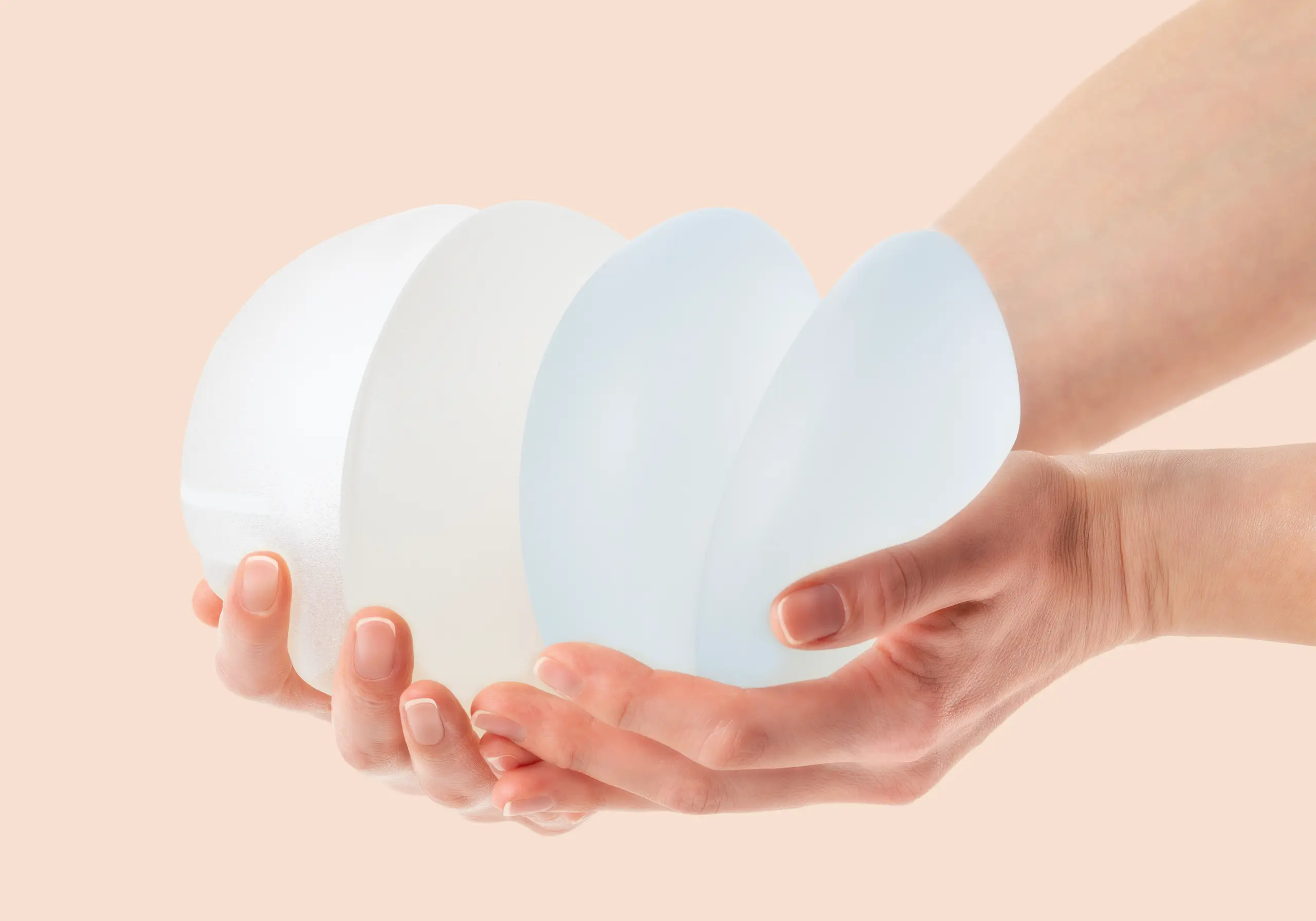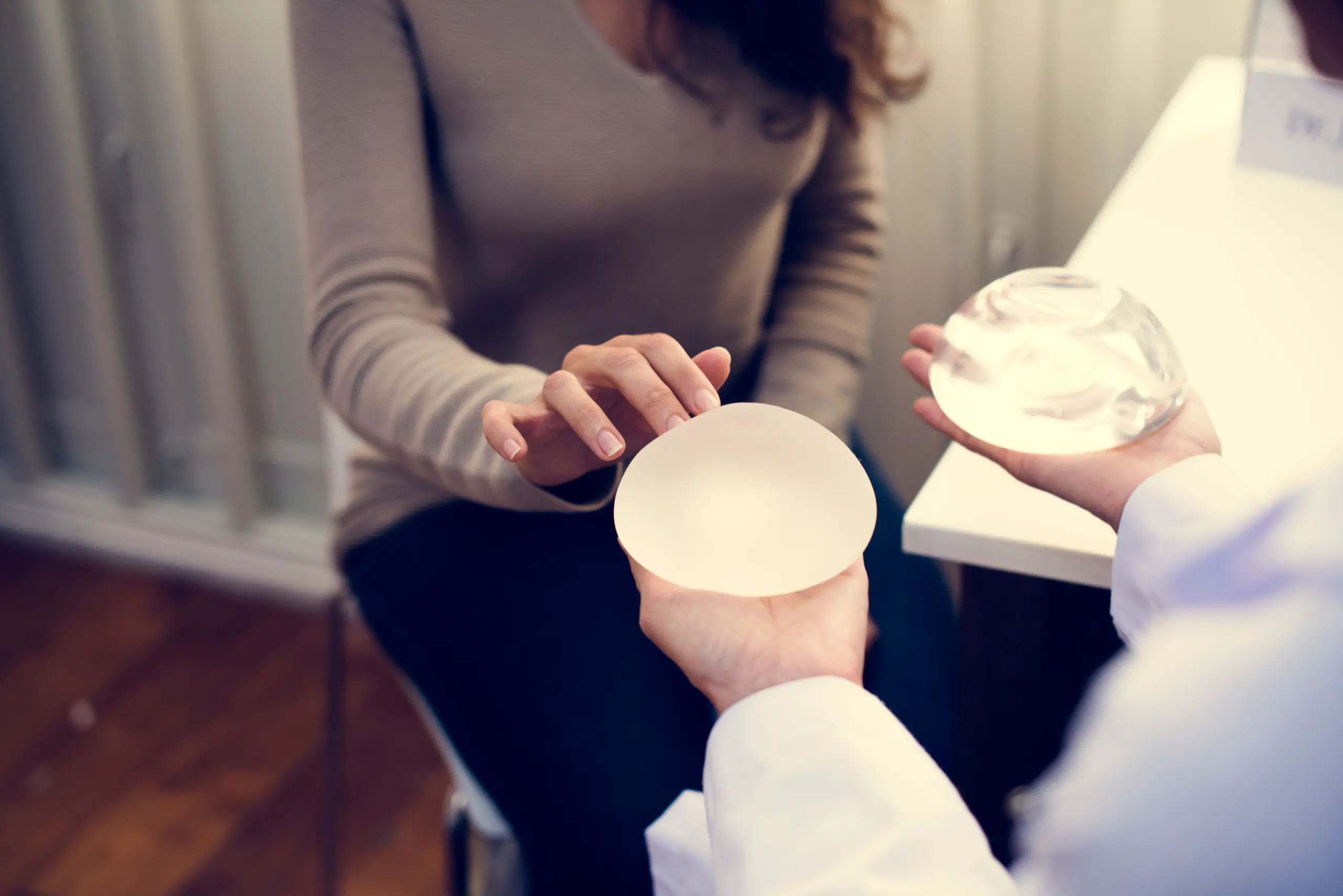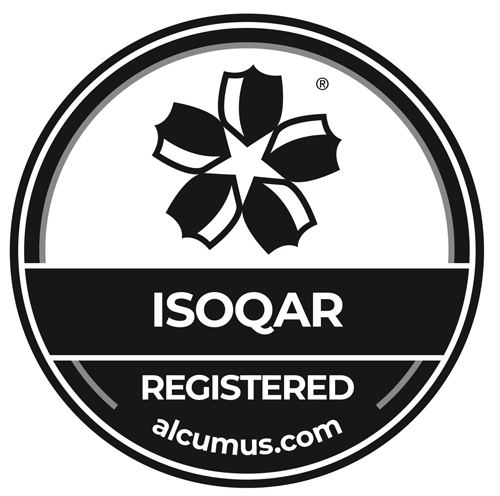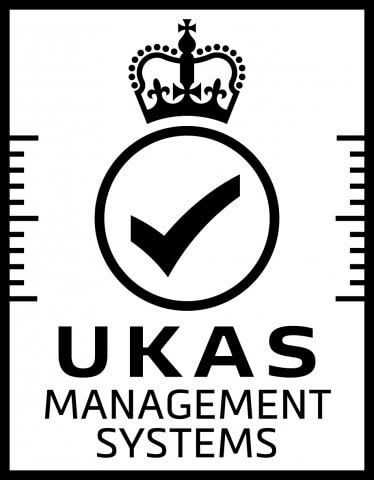So, you’re thinking about getting a boob job? It’s a big decision, and frankly, the amount of information out there can feel overwhelming. Saline, silicone, round, teardrop… it’s easy to get lost in the jargon.
But here’s the good news: understanding your options is the first and most empowering step. It’s not about finding the “best” implant, but rather the best implant for you, the one that will help you achieve the look you’ve been dreaming of.
In this guide, we’ll walk you through everything you need to know, from the different types and shapes to the latest surgical techniques, so you can feel confident and informed every step of the way.
What Are the Different Types of Breast Implants?
Choosing between different types of breast implants can feel like decoding a medical manual but it doesn’t have to. Whether you’re researching for the first time or preparing for a consultation, it’s essential to understand the key differences between saline, silicone, structured, and gummy bear implants. Each has its pros, and the right choice depends on your body, lifestyle, and the look you’re going for.

1. Silicone Gel Implants
These are the most commonly chosen breast implants in Ireland, known for their soft, natural feel. They’re pre-filled with cohesive silicone gel that closely mimics the texture of natural breast tissue.
Silicone implants are available in a wide range of sizes and profiles (how far the implant projects from the chest), which gives you and your surgeon flexibility to personalise your results.
They’re a great option if you have a slim frame or want a more natural shape and softness.
Key benefits:
- Realistic look and feel
- Lower risk of visible rippling
- Ideal for natural-looking augmentation
2. Saline Implants
Saline implants are filled with sterile salt water after they’re inserted into the breast pocket. Because they’re inserted empty, they typically require a smaller incision.
They tend to feel slightly firmer than silicone and may have a higher chance of visible rippling in patients with thinner tissue.
One advantage is that if a saline implant leaks, your body safely absorbs the fluid, and the deflation is instantly noticeable, which some women prefer for peace of mind.
Key benefits:
- Smaller incision
- Easily detectable rupture
- Often less expensive than silicone
3. Structured Implants
Structured implants are a newer type of saline implant. They contain internal chambers that help the implant maintain a more natural shape and feel compared to traditional saline.
You could say they offer a “best of both worlds” balance, the safety of saline with an improved feel that’s closer to silicone. While not as commonly used in Ireland, they’re an option worth discussing if you’re concerned about rupture visibility and feel.
Key benefits:
- Natural shape with saline safety
- Lower rupture anxiety
- Lightweight design
4. Gummy Bear Implants (Form-Stable Silicone)
Gummy bear implants are filled with a highly cohesive silicone gel that holds its shape, even if the outer shell breaks. They’re known for their durability and for being shaped often teardrop, which offers a more anatomical contour.
These implants are firmer than traditional silicone and are often chosen for reconstructive cases or patients looking for long-lasting shape definition.
They do require a slightly longer incision and are less commonly used in standard cosmetic augmentation, but may be ideal depending on your anatomy.
Key benefits:
- Holds shape even if damaged
- Great for structured, contoured results
- Less prone to folding or wrinkling
What Are the Different Breast Implants Shapes?
Breast implants come in two main shapes: round and teardrop (also called anatomical). Each is designed to create a different aesthetic result. Understanding what each shape looks like and how it’s structured is the first step to choosing the right one for your body.
Round Breast Implants
Round implants are symmetrical spheres, offering equal volume across the entire shape. This means the top and bottom of the implant are the same, which gives the breast a fuller, more projected appearance, especially in the upper portion (known as upper pole fullness).
Because round implants maintain their shape regardless of rotation, there’s no risk of visual distortion if the implant moves.
Teardrop (Anatomical) Breast Implants
Teardrop implants are designed to mimic the natural slope of the breast. They are thinner at the top and gradually become fuller toward the bottom, much like a natural breast profile.
This shape is often chosen for women who want subtle enhancement or a more natural-looking contour. Because shape matters, teardrop implants are typically textured to help them stay in place and prevent rotation.
Implant shape can refine contour, but it won’t correct true sagging. You can compare when a lift is needed in our Breast Lift and Breast Augmentation comparison guide.
How Are Breast Implants Placed?
Where your breast implant is placed has a big impact on the final result, from the look and feel of your breasts to how your body heals. There’s no one-size-fits-all option, at Auralia, we guide each woman through the most suitable placement based on their goals, lifestyle, and natural anatomy.
1. Submuscular (Under the Muscle)
This is the most widely used placement method, where the implant is positioned partially or fully behind the chest muscle (pectoralis major).
Why it’s often recommended:
- It creates a more natural slope, especially in women with little natural breast tissue.
- It reduces the chance of visible rippling.
- It lowers the risk of capsular contracture (hardening around the implant).
Recovery may be slightly longer compared to over-the-muscle placement, but many patients find the natural-looking results are well worth it.
Best suited for:
- Slim or athletic women
- First-time augmentations
- Those seeking a more subtle or natural shape
2. Subglandular (Over the Muscle)
Here, the implant is placed directly behind the breast tissue but in front of the muscle. It’s a quicker procedure and often involves less discomfort post-op.
When we might recommend it:
- If you already have moderate natural breast tissue to cover the implant
- If you’re seeking a more rounded, fuller look
- In some revision or reconstructive cases
The potential downside is that in thinner patients, this placement can make rippling or implant edges slightly more visible.
Best suited for:
- Women with more natural tissue
- Secondary augmentations
- Patients wanting more upper-pole fullness
3. Dual Plane Technique (Hybrid Approach)
This advanced technique places the upper part of the implant beneath the muscle, while the lower part sits behind the breast tissue. It offers the best of both worlds.
Why it works:
- It allows for more natural movement and projection.
- It’s highly customisable based on your anatomy.
- It’s a great choice for mild sagging without needing a lift.
This approach is often chosen during consultations when we need to address both cosmetic enhancement and early signs of breast ptosis (sagging).
How to Determine the Right Breast Implant Size for You
Choosing the right implant size isn’t as simple as saying “I want to be a C or a D cup.” In fact, cup size can vary between brands and body types. At Auralia, we focus on a much more accurate and tailored approach: choosing the right breast implant volume, profile, and fit based on your unique anatomy and goals.
Breast Implant Volume: Measured in cc, Not Cup Size
Breast implants are sized by volume, in cubic centimeters (cc). The higher the number, the more volume the implant provides. Most women choose sizes between 200cc and 450cc, but the right size for you depends on:
- Your chest width and height
- The amount of existing breast tissue
- Skin stretch and firmness
- Your aesthetic goals (natural vs enhanced)
Profile and Projection: How Far the Implant Pushes Out
Breast implants also come in different profiles (low, moderate, and high) which refer to how far the implant projects from the chest wall. Two implants can have the same cc volume but look very different depending on the profile.
- Low profile: Wider base, less projection (more subtle)
- Moderate profile: Balanced projection and base
- High profile: Narrow base, more outward projection (more dramatic look)
Your body shape and goals will help determine the best profile.
Understanding Your Overall Body Proportions
Your overall body frame plays a major role in how your breast implants will look and feel. Factors such as height, weight, shoulder width, and hip proportion all help determine which implant size will best complement your natural shape.
For instance, a petite person with narrow hips may achieve better balance with a smaller implant that maintains proportion, while someone with broader hips or a curvier frame might choose a slightly larger size to create a harmonious silhouette.
Considering your buttocks and breast ratio ratio helps ensure that neither feature overpowers the other, resulting in a naturally balanced and aesthetically pleasing figure.
During your consultation, you’ll have the opportunity to test different implant sizes using special sizers or a 3D imaging system to visualise how different options suit your silhouette . Your surgeon may also take precise body measurements to guide you toward the implant size that complements your proportions best.
How to Choose the Best Type of Breast Implant for You
When you’re considering a breast augmentation, there’s no universal “best” implant type, only what’s best for you. Choosing the right implant type involves more than just looking at photos or picking what your friend chose. It’s a conversation about your goals, your body, and how you want to feel after your procedure.
Here’s how we guide that decision together at Auralia.
We Start with Your Vision
The first step is always understanding what you’re hoping to achieve. Are you looking for subtle enhancement or a more noticeable transformation? Do you want a natural slope or fuller cleavage? Are you active and want something low-maintenance?
Once we understand your vision, we match it with the ideal combination of implant material, implant shape, Implant size, and implant placement technique.
Your Body Plays a Big Role Too
Your anatomy gives us clear guidelines. We’ll assess:
- Chest wall width and breast base
- Skin elasticity
- Current breast volume and symmetry
- Muscle tone and tissue coverage
This helps us determine what will look most balanced and natural without over-stretching your skin or creating long-term issues.
Lifestyle and Maintenance Considerations
We also look at how implants may fit into your daily life:
- Athletes or active women may prefer lighter implants or certain placements.
- Those planning future pregnancies may opt for more conservative options.
- If you want minimal follow-up maintenance, we’ll guide you toward low-risk materials.
Not sure if implants are the right option for you? Read our guide on Breast Implants vs Fat Transfer to see how both methods compare in results, recovery, and feel.
Frequently Asked Questions (FAQs)
Teardrop-shaped (anatomical) implants tend to offer the most natural contour, especially for those with less natural breast tissue. Silicone implants also feel softer and more realistic than saline. That said, the final look depends on the right combination of implant, placement, and your body type, not just the material alone.
Gummy bear implants are a type of cohesive silicone gel implant known for maintaining shape and being less likely to rupture. While they’re firmer and hold their form better, they’re not always the best option for every patient. They tend to be more expensive and may feel less natural in softer breast tissue.
Yes, implants can rupture, though it’s rare. Saline ruptures are typically obvious as the breast deflates. Silicone implant ruptures may be “silent,” meaning you won’t notice without imaging (like an MRI). At Auralia, we use high-quality implants and guide you through proper follow-up to ensure peace of mind.
Most implants last 10 to 20 years, but that doesn’t mean you’ll definitely need a replacement within that window. If you’re happy with your results and not experiencing issues, there’s no need to replace them. However, regular check-ups help monitor the integrity of your implants.
The best implant shape depends on your goals and natural anatomy. Round implants are ideal if you want more upper fullness and cleavage, while teardrop (anatomical) implants create a softer, more natural slope that mimics the natural breast contour. During your consultation, your surgeon will recommend the shape that best complements your body and desired result.
Your Journey Starts Here
If you feel ready to explore how Breast augmentation could enhance your confidence and body image, we invite you to take that important next step.
Book a free consultation with our expert breast surgeons at Auralia. This is your opportunity to sit down one-on-one and discuss your specific goals. We’ll take the time to answer all of your questions, perform a careful physical assessment to determine which options would work best for your body.






